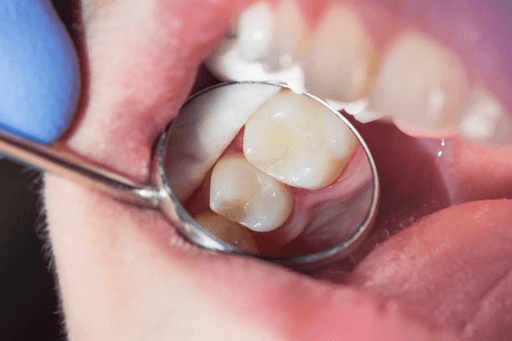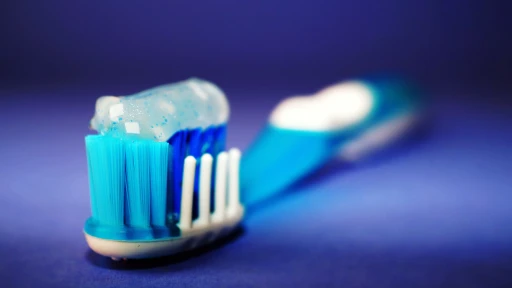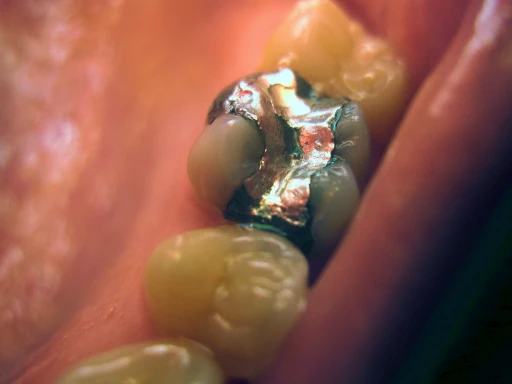After diagnosing the problem and devising a treatment plan, the next step to restore a tooth to health is to make you comfortable. We will give you a local anesthetic so that you do not feel any discomfort. After the decay is removed, the tooth is ready to receive either a direct restoration or an indirect restoration.
A direct restoration means that the tooth can likely be restored in one visit and that there is sufficient tooth structure for the filling to go inside of the tooth. Examples of direct restorations are amalgam, which is silver-colored; and composite, which is tooth-colored. There have been more amalgam fillings placed worldwide than any other kind of filling, but tooth-colored fillings are being placed more frequently in recent years because they match the remaining teeth and look like the natural tooth.
An indirect filling means that the restoration is made outside of your mouth, either by a lab or by a milling machine. An indirect filling also needs to be cemented into place. Examples of indirect restorations are crowns, inlays, and onlays. A crown covers the entire tooth, an inlay fits inside the tooth and can replace a wall of the tooth, and an onlay replaces at least one cusp of the tooth.
Most indirect restorations take two or more appointments to complete, with the exception of restorations that are milled by a machine in the office. Cast gold is the most durable indirect restoration material, but porcelain ceramics are gaining in popularity because of their superior esthetic qualities.
Please see our Fillings Gallery to view the types of results we can achieve with these various materials.
A gold restoration is made in the same way as a gold piece of jewelry, using the lost wax technique. A wax pattern is made to fit your tooth and then it is cast, polished, and cemented. Gold restorations are a mixture of gold and other metals such as silver and copper. The addition of these other metals make gold site of bactrim fillings more durable.
You will need at least two visits for a gold restoration. During the first visit, any decay or old filling material is removed, the tooth is prepared to accept a gold restoration, an impression is taken, and a temporary filling is placed.
The impression is then sent to the lab and a stone cast is made, which enables the lab to work on your tooth without your presence. The lab makes a wax pattern, which is then cast into a gold restoration. When you return for your second appointment, the gold restoration is cemented into place.
Advantages
Good resistance to further decay
Wears well as – almost the same hardness as enamel
Does not fracture under stress
Good longevity
Disadvantages
Expensive
Conducts hot and cold
Color
Multiple visits
Porcelain is the most natural looking of the choices we have to restore teeth. It is used either by itself in veneers, inlays, onlays, and crowns, as well as combined with metal for crowns. Porcelain restorations require two visits or they can be milled in the office with a milling machine. After the porcelain is cemented to your tooth, it is very difficult to notice that the tooth had any treatment at all.
Advantages
Color
Resistance to surface wear
Long lasting
Wears well as it holds up to chewing force
Disadvantages
Expensive
Brittle material can fracture
Usually requires more than one visit










